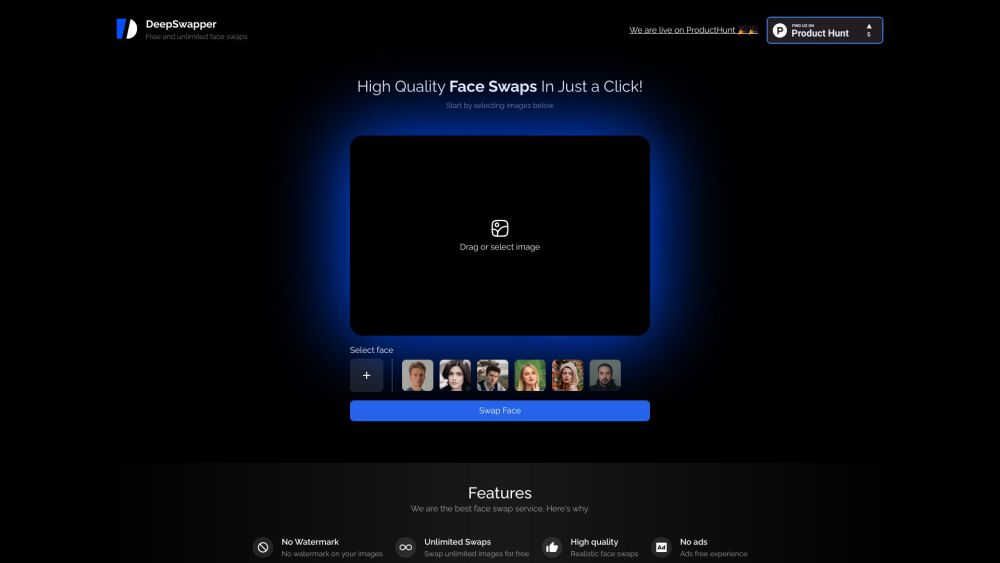DataStax has been expanding its data platform to support the increasing demands of enterprise AI developers.
Today, the company introduces the DataStax AI Platform, built in collaboration with Nvidia AI. This new platform integrates DataStax’s existing database technologies, including DataStax Astra for cloud-native applications and the DataStax Hyper-Converged Database (HCD) for self-managed deployments. It also features Langflow technology, which facilitates the creation of agentic AI workflows. Nvidia’s enterprise AI components enhance this offering, enabling organizations to rapidly build and deploy models with improved efficiency. The integration includes NeMo Retriever, NeMo Guardrails, and NIM Agent Blueprints.
According to DataStax, this platform can cut AI development time by 60% and manage AI workloads 19 times faster than existing solutions.
"Time to production is crucial, as building these systems can be time-consuming," said Ed Anuff, Chief Product Officer at DataStax. "Many organizations find themselves stuck in development hell."
How Langflow Empowers Agentic AI
Langflow, DataStax's visual AI orchestration tool, is pivotal in the new AI platform.
It allows developers to build AI workflows visually by dragging and dropping components onto a canvas. These components include various capabilities from DataStax and Nvidia, such as data sources, AI models, and processing steps, simplifying the creation of complex AI applications.
"Langflow surfaces all of DataStax's capabilities and APIs along with Nvidia's components and microservices as visual elements that can be interconnected and run interactively," Anuff explained.
Langflow also enables agentic AI on the DataStax platform. According to Anuff, the platform supports three key agent types:
- Task-oriented agents: These agents handle specific tasks for users, such as assembling vacation packages in a travel application based on preferences.
- Automation agents: Operating behind the scenes, these agents manage tasks through API communication, facilitating automated workflows without direct user input.
- Multi-agent systems: This method breaks complex tasks into subtasks assigned to specialized agents.
The Benefits of the Nvidia and DataStax Integration for Enterprise AI
The collaboration between Nvidia's capabilities and DataStax's technology, enhanced by Langflow, offers substantial advantages for enterprise AI users.
Anuff noted that the Nvidia integration enables easier invocation of custom language models and embeddings via a standardized NIM microservices architecture, allowing users to leverage Nvidia’s hardware and software for efficient model execution.
Additionally, the introduction of guardrails safeguards users by preventing unsafe content and outputs. "Guardrails are a sidecar model that intercepts unsafe content from users or databases," said Anuff, highlighting their impact on developers and end users alike.
The integration also supports continuous model improvement. Anuff mentioned that NeMo Curator empowers enterprise AI users to identify additional content for fine-tuning.
Overall, this integration accelerates the adoption of AI in enterprises while offering a cost-efficient solution. Anuff emphasized that it does not solely rely on GPUs: "The Nvidia enterprise stack can execute workloads on both CPUs and GPUs. While GPUs are generally faster, offloading tasks to CPUs can lead to cost savings in less critical areas."





